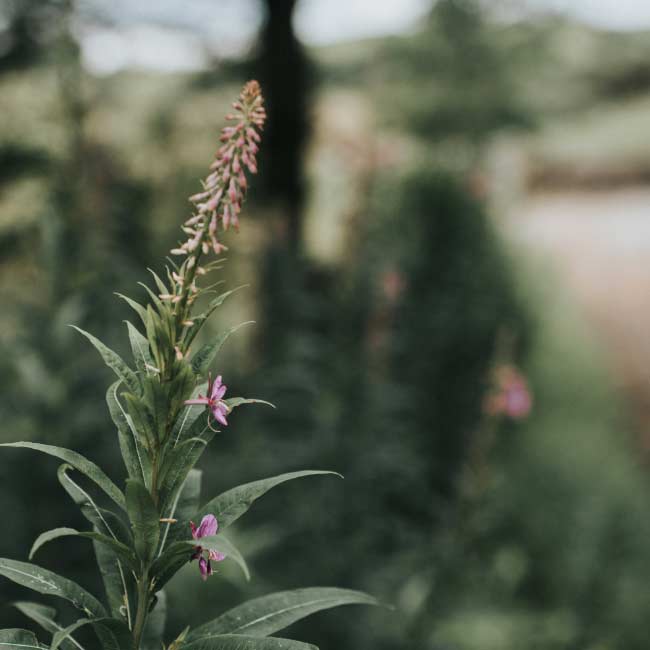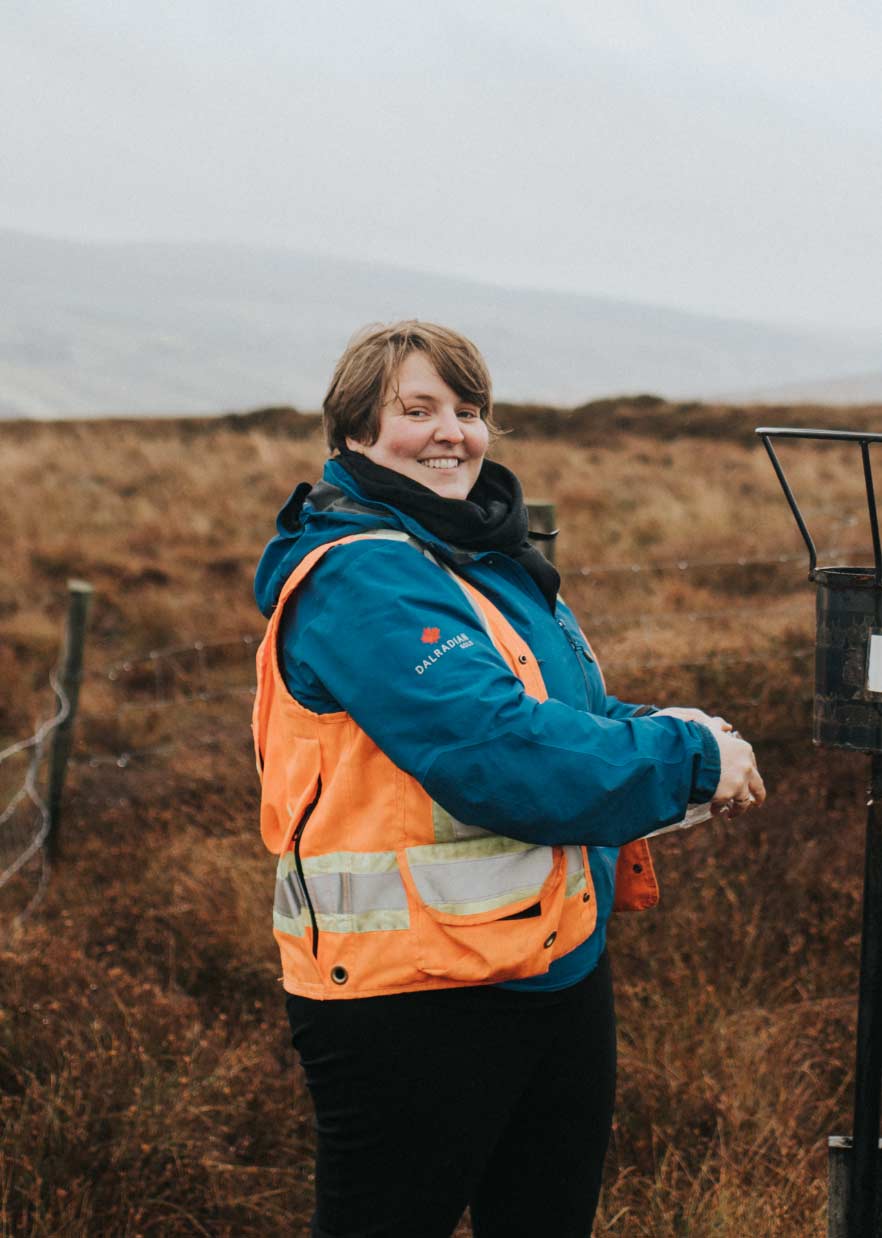
Article
Sustainable communities benefit from modern mining
Although modern mining may seem like a new industry for Co. Tyrone, the county has a distinguished background in quarrying and small-scale mining. Indeed, many of the county’s major employers including Terex, Sandvik and CDE Global provide machinery and equipment for mining and quarrying around the world.
Modern mines can be found throughout Europe – including close to home in both Ireland and Britain. Modern mining invariably takes place underground, using the most up-to-date technology that allows virtually every aspect of operations to be digitised, controlled or monitored remotely.
Technology has also made modern minding an environmentally responsible sector. 3D models, for instance, can now accurately locate the best seams and help minimise waste. Mines are also much more regulated than in the past and there are strict standards required for both Health & Safety and for the environment.
As well as being environmentally responsible, 21st Century mining also brings opportunities to build sustainable communities. Through local partnerships, mining can invest in the physical fabric of our villages and towns – enhancing the sporting, cultural and educational bonds that bring a community together and providing jobs for young people who may otherwise move away.
Mining co-exists happily alongside communities and you don’t have to look far to find an example. Just 85 miles from Omagh is Tara Mine, Europe’s largest zinc mine. The mine lies on the edge of Navan, the county town of Meath, where it has been operating safely and successfully since 1977.
Tara Mine currently provides work for c.1,000 employees and contractors and helps support hundreds of other jobs through their supply chain. Operating at nearly 1,000 metres below the surface, the mine is located not far from the River Boyne in the heart of Ireland’s Ancient East.
"Tara Mines, in the subconscious of the community in Navan is a success, and success breeds success. From an economic or financial perspective, Tara Mines is, simply, the heart of Navan." Local Careers Guidance professional
Tara Mine has co-existed with the community in the Boyne Valley for over 40 years demonstrating that mining can provide direct economic benefits while operating well alongside residents and activities such as tourism, angling and farming which rely upon a pristine environment.
Life in the Boyne Valley
Located on the town’s edge, just a few hundred metres from the River Blackwater – one of the main tributaries of the River Boyne - and less than a mile from the centre of Navan, Tara Mine has provided employment and prosperity to this part of Meath for over 40 years. The secure employment that the mine has provided to thousands of people over its lifetime has allowed hotels, restaurants and other hospitality venues to thrive as employees and their families unwind in the evening and at weekends.
There could be no better setting in which to discover the nature of whiskey than the Boyne Valley." Slane Distillery
Meath and the wider Boyne Valley is home to some of Ireland’s most fertile and productive agricultural land. The region acts as a base for some of Ireland’s leading indigenous food businesses including Largo Foods, Dawn Farm, Meade Potato Company and East Coast Bakehouse to name but a few. Food produced here is exported all over the world.
"Having a booming industry in Navan definitely helps all of the local companies, not just the hotels." Meath Hotel Manager
Indeed, the agri-food industry is so important to this part of Ireland that the local Enterprise Board launched the Boyne Valley Food Hub initiative in 2015 to expand the industry even more. The Hub is designed to facilitate and assist agri-food businesses to grow and develop in an increasingly competitive marketplace. The fertile soils and lush pastureland offered in the Boyne Valley make agricultural production in this area one of the local economy’s real strengths, providing employment and opportunity. This is possible because modern mining operates in tandem with the local environment.
As well as its much sought-after agricultural produce, the region is also renowned for its food offering and has become a real hit with ‘foodies’ being recognised by National Geographic Traveller as one of the World’s Best Food Destinations in 2019. The magazine noted that the area has much going for it: “From craft beer and cider to fresh seafood and unexpected treats such as Irish smoked garlic and blue cheese, there’s a growing sense of place on the plate.” Quite the endorsement for the sector in the Boyne Valley.
Angling and Tara Mine
Tara Mine is located just metres from and under one of the main tributaries of the River Boyne, the River Blackwater. Both the Boyne and the Blackwater are renowned for their angling, offering some of Ireland’s best wild brown trout fisheries, as well excellent pike and coarse fishing.
So closely associated with the river is the mine, some staff have formed Tara Mines Fishing Club. Formed over 30 years ago, the fully regulated club ensures members, both current and past employees, are licenced to comply with Irish angling regulations such as the ‘Catch and Release’ programme. The club’s anglers are in little doubt that mining, angling and the protection of Ireland’s precious waterways can peacefully co-exist.
"We've all enjoyed a great experience with Tara Mines. When you look at the opportunities they've generated for the local economy and how they've helped the local community, I don't know where the town would be without them." Senior Member, Tara Mines Angling Club
At the heart of the community
Tara Mine celebrated its 40th anniversary in April 2017 and the celebrations around that anniversary demonstrated the significance of the contribution that the mine has made to Navan and the wider area. Staff at the mine and their families were joined by the then Bishop of Meath, Michael Smith at St Mary’s Church, Navan to give thanks for “40 years of production and for the contribution of Tara Mines to the life of our town and parish community”.
In his homily, Bishop Smith referenced the Book of Job which compares man’s search for minerals such as gold and silver to his pursuit of wisdom. After Mass the Bishop was presented with a miner’s lamp by the company.
The Mine also has an active Trade Union branch. Welcoming the extension of the mine, which secured its long-term future, a statement from the union, SIPTU, acknowledged the contribution of the mine to supporting workers and the local economy. The statement read that news of the extension “was greatly welcomed by workers at the mine and surrounding communities. The local economy in the North East area and beyond will greatly benefit from the continued functioning of the mine facility.”
What happens when a mine closes?
While Tara Mine provides a real-time case study of how mining and society within the Boyne Valley co-exist, you need to look elsewhere in Ireland for an example of what happens when a modern mine closes. Just a little further south in Tipperary, Lisheen Mine demonstrates that the positive legacy of mining can last after operations finish.
Lisheen is located just 3.5 hours’ drive away from Omagh in a rural part of Co. Tipperary renowned for its horse racing and dairy farming, including the award winning Cooleeney cheese. The zinc and lead mine, near the villages of Moyne and Templetuohy, closed in 2015 after 17-years’ operation. During that time the mine provided jobs to 400 people.
With the mine now closed and rehabilitation of the site completed, part of the former mine site has been returned to its pre-mining use as grazing for cattle and sheep. Environmental monitoring at the Lisheen site is ongoing to ensure continued compliance with statutory regulations. However, the mine’s owners and local community have also worked closely together to find other innovative uses for former mining-related infrastructure on the site which the community wanted to keep. These include the National Bio-economy Research Centre which is housed in a former mine building and providing new employment.
"Ireland has a 50-year history of zinc and lead mineral exploration and production. We need to encourage and support industry in their efforts to find the next Navan and extending the life of this important sector for our economy." Irish Minister for Skills, Research and Innovation
The local area also continues to benefit from enhanced community, sporting and educational facilities thanks to funding received from the mine when it was operational. This includes the refurbishment of the community hall in Moyne and the construction of a new hall at Templetuohy, both supported by the mine during its operation.
Sports in the area also benefitted with the mine helping to fund a new outdoor all-weather floodlit athletics track, helping the club attract athletes from across the country to their facility. By working closely with the mine operator, the local community in Tipperary has maximised the benefits of mining for the local area.
In Co. Tyrone, Dalradian has already committed to funding community projects to the value of a minimum of £4m over the lifetime of the mine, while the existing Dalradian Community Fund has already donated over £1.1m to environmental projects, charities, sports clubs and community groups across Tyrone and Fermanagh over recent years. Funds will also be set aside for the rehabilitation of the site after operations finish.
The objective is to restore the site to productive use for farming and/or heathlands. Alternatively, the community may wish to retain and repurpose some buildings and infrastructure, create a nature reserve to enhance biodiversity and act as a carbon sink or support other sustainability projects. Rehabilitation will begin during operations and be mostly complete within one year of closure but monitoring to ensure that environmental requirements are met will continue.
A lasting legacy
Both Tara and Lisheen Mines provide excellent examples on the island of Ireland where modern mines and the communities around them have co-existed and grown as a result. The experience of the people of Navan over the last 40 years has been hugely positive as Tara Mine and the town have grown together. Tourism, agriculture, the environment and the wider community have been able to live in harmony with the mine, while the economic opportunity has allowed other businesses and services to grow.
With an operational life of 17 years, the mine at Lisheen also demonstrates the force for good that mining can be within a community even after mines close. Those in the villages near the mine were able to see substantial investment in community facilities during the mine’s life, while the site continues to provide employment through the National Bio-economy Research Centre.
Tara and Lisheen demonstrate just what is possible at Curraghinalt and the lasting legacy that the project could bring to Tyrone and the island as a whole.


Your support matters
Support our plans to create jobs, strengthen the local community and respect the environment. The Department for Infrastructure will take your views into account. Help make our plans a reality.
Your letter of support will be sent directly to the Department for Infrastructure. Dalradian will not see your letter, nor any of your details.
Great things can happen with your support
Support our plans to create jobs, strengthen the local community and respect the environment. The Department for Infrastructure will take your views into account. Help make our plans a reality.
Customise a letter of support in two simple steps:
Provide your personal details
This will signal your support to the Department for Infrastructure. You can choose to keep these details private.
Tell the Department for Infrastructure why you support the project
Please tick all the elements you like about the proposed project.
Dalradian will not see your letter, nor any of your details. Your letter of support will be sent directly to the Department for Infrastructure
